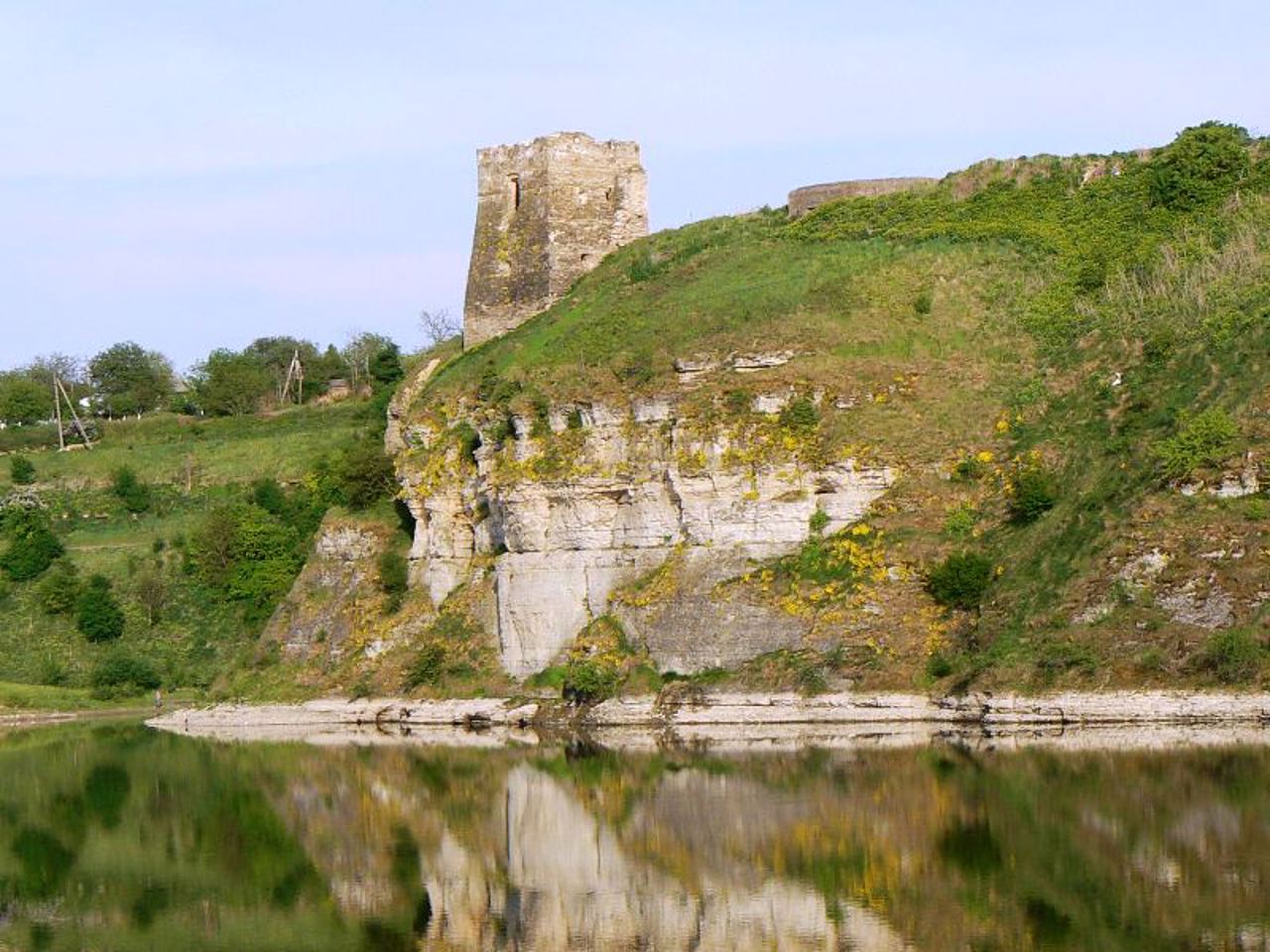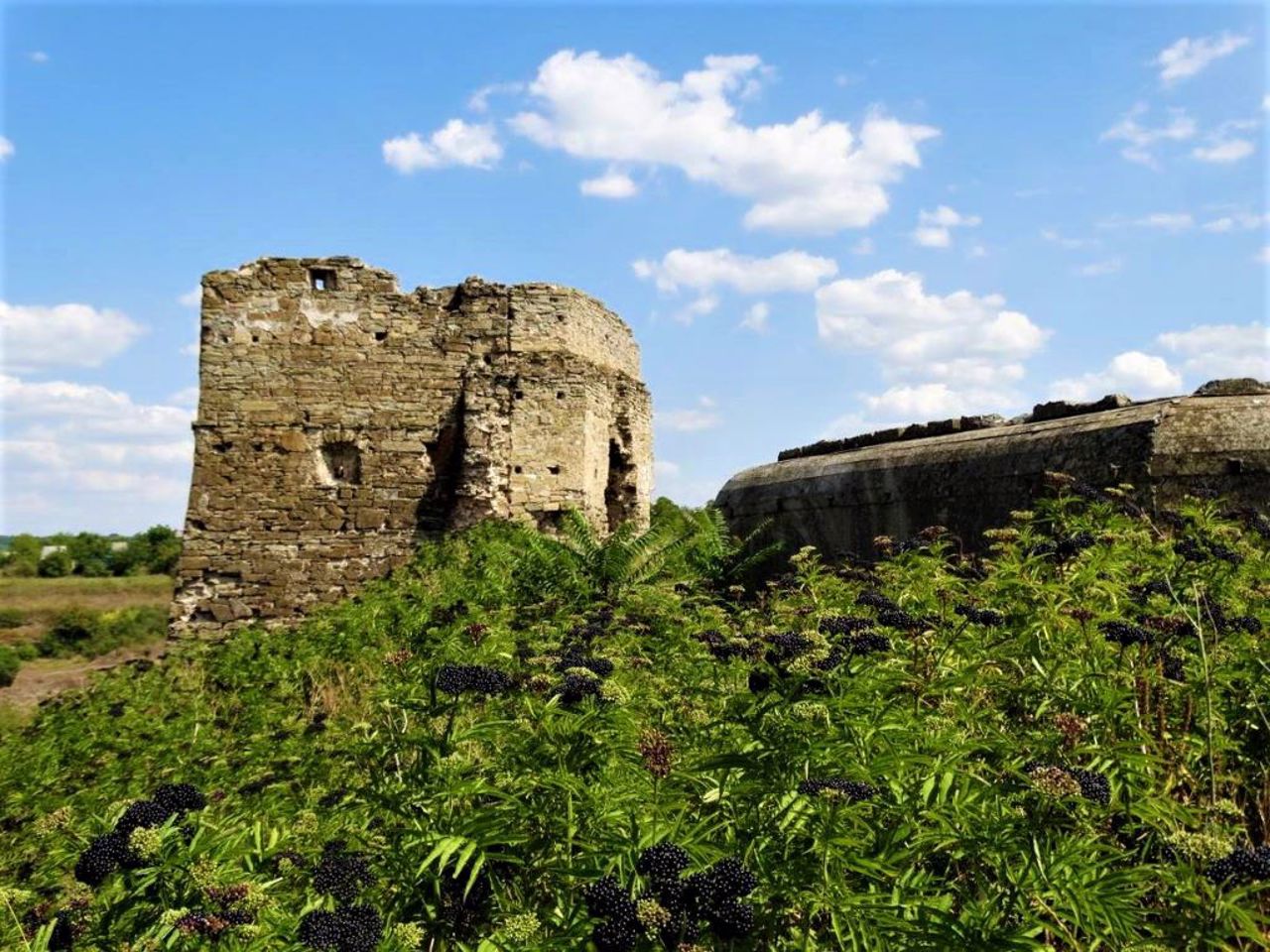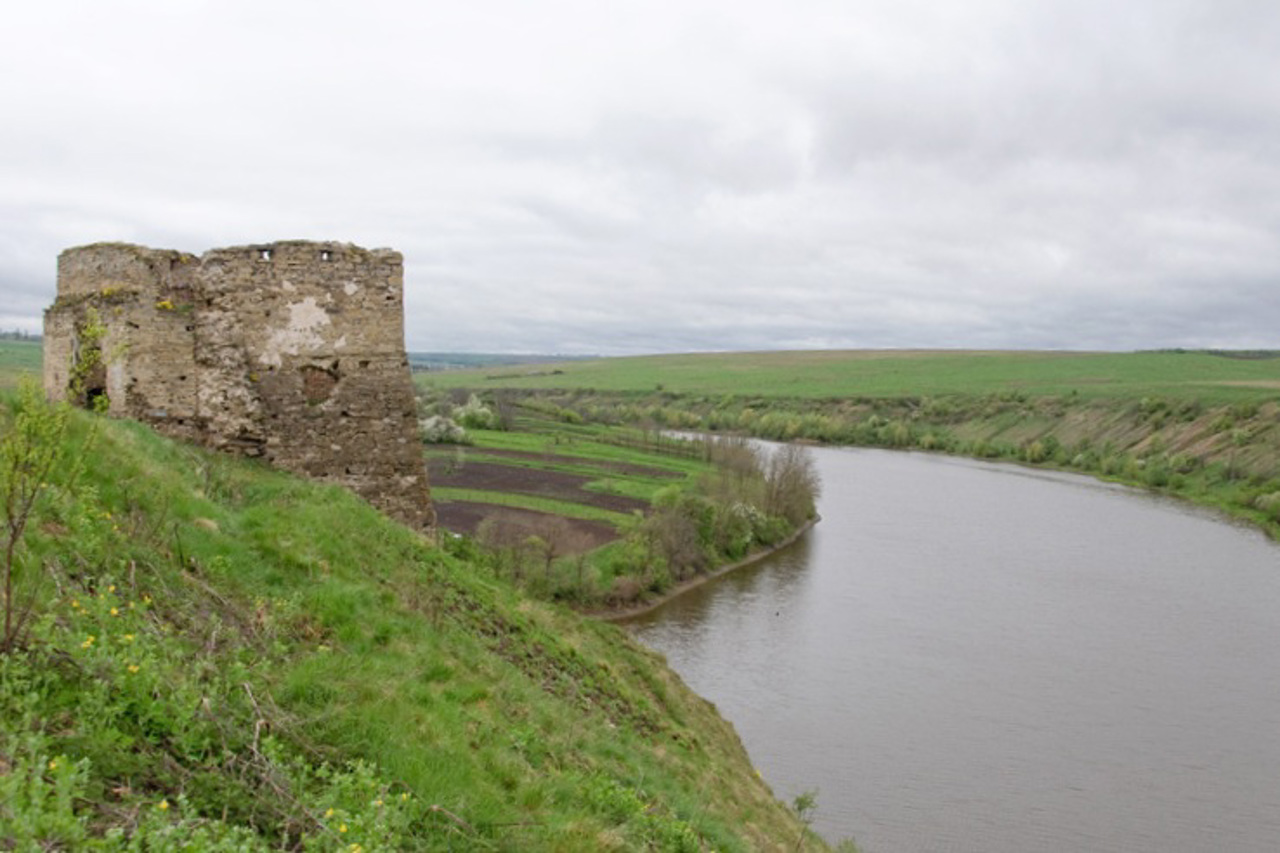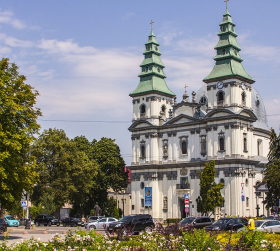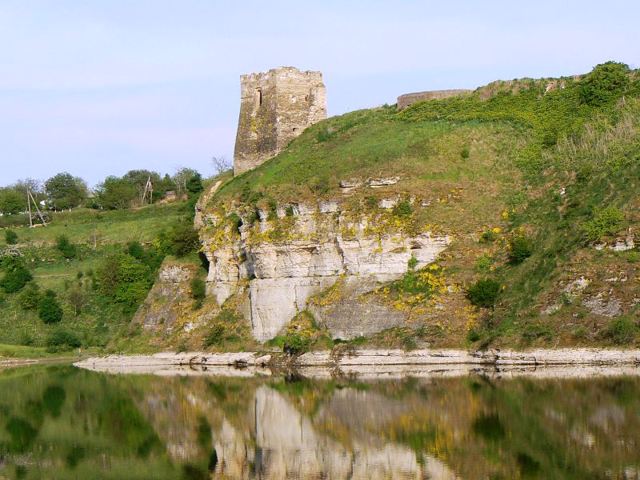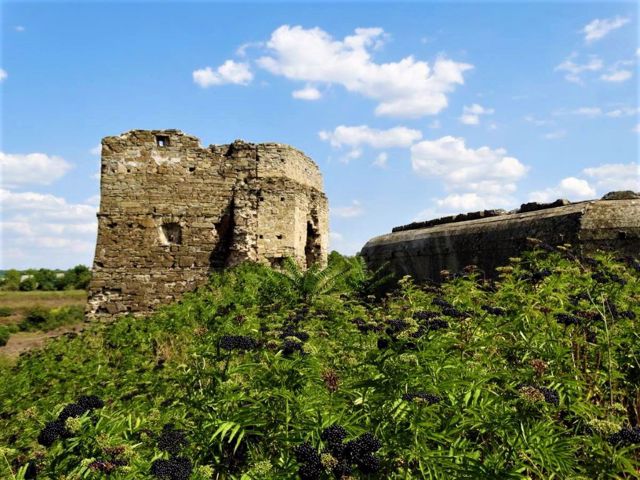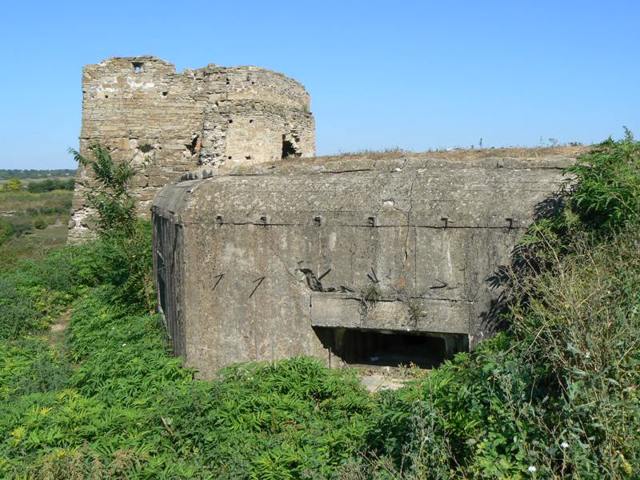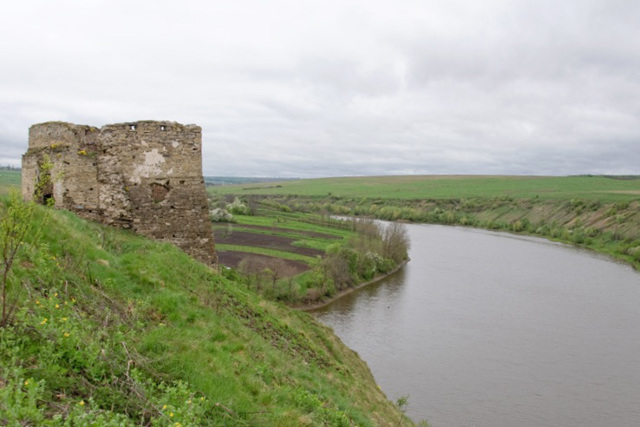Functional temporarily unavailable
Zhvanets Castle, Zhvanets
Castle / fortress
General information about Zhvanets Castle (Zhvanets)
A pentagonal defensive tower on a rock above the river. Zhvanchyk is all that is left of the once powerful Zhvanets Castle.
It was built by the Kamyanets chief Valentiy Kalynovskyi at the beginning of the 17th century, but the first fortifications here arose much earlier. As early as the 15th century, Lithuanians were reconstructing ancient fortifications.
The new Polish fortress, which had 5 towers, competed in size with Kamyanets-Podilskyi. In 1653, during the siege of Zhvanets, Bohdan Khmelnytskyi, betrayed by the Tatars, decided to conclude a military alliance with Muscovy and went from there to Pereyaslav for negotiations.
At the end of the 17th century, the castle was destroyed several times during the Polish-Turkish war. The last attempt at restoration was made ...
A pentagonal defensive tower on a rock above the river. Zhvanchyk is all that is left of the once powerful Zhvanets Castle.
It was built by the Kamyanets chief Valentiy Kalynovskyi at the beginning of the 17th century, but the first fortifications here arose much earlier. As early as the 15th century, Lithuanians were reconstructing ancient fortifications.
The new Polish fortress, which had 5 towers, competed in size with Kamyanets-Podilskyi. In 1653, during the siege of Zhvanets, Bohdan Khmelnytskyi, betrayed by the Tatars, decided to conclude a military alliance with Muscovy and went from there to Pereyaslav for negotiations.
At the end of the 17th century, the castle was destroyed several times during the Polish-Turkish war. The last attempt at restoration was made by the Lianskoronski nobles as their manor. The Russian government planned to build a large fortress here, but these plans were never implemented. Later, the castle fell into disrepair and was almost completely dismantled.
On the eve of the Second World War, the Pillbox "Stalin Lines" was built on the ruins.
The most picturesque view of the preserved tower opens from the opposite bank of Zhvanets.
П'ятикутна оборонна вежа на скелі над річкою. Жванчик - все, що залишилося від колись могутнього Жванецького замку.
Він був споруджений кам'янецьким старостою Валентієм Калиновським на початку XVII сторіччя, проте перші укріплення тут виникли набагато раніше. Ще в XV сторіччі литовці проводили реконструкцію давніх укріплень.
Нова польська фортеця, яка мала 5 веж, змагалася за розмірами з Кам'янець-Подільською. У 1653 році під час облоги Жванця Богдан Хмельницький, зраджений татарами, прийняв рішення укласти військовий союз із Московією і вирушив звідси на переговори до Переяслава.
В кінці XVII століття Жванецький замок кілька разів зазнав руйнувань під час польсько-турецької війни. Останню спробу реставрації зробили шляхтичі Лянскоронські в якості своє ...
П'ятикутна оборонна вежа на скелі над річкою. Жванчик - все, що залишилося від колись могутнього Жванецького замку.
Він був споруджений кам'янецьким старостою Валентієм Калиновським на початку XVII сторіччя, проте перші укріплення тут виникли набагато раніше. Ще в XV сторіччі литовці проводили реконструкцію давніх укріплень.
Нова польська фортеця, яка мала 5 веж, змагалася за розмірами з Кам'янець-Подільською. У 1653 році під час облоги Жванця Богдан Хмельницький, зраджений татарами, прийняв рішення укласти військовий союз із Московією і вирушив звідси на переговори до Переяслава.
В кінці XVII століття Жванецький замок кілька разів зазнав руйнувань під час польсько-турецької війни. Останню спробу реставрації зробили шляхтичі Лянскоронські в якості своєї садиби. Уряд росії планував побудувати тут велику фортецю, але ці плани так і не було здійснено. Згодом замок в Жванці занепав і був майже повністю розібраний.
Напередодні Другої світової війни на руїнах було споруджено ДОТ "Лінії Сталіна".
Наймальовничіший вид на вежу, що збереглася, відкривається з протилежного берега Жванця.
Practical information about Zhvanets Castle (Zhvanets)
Last update
3/16/2025
| Categories | Castle / fortress |
|---|---|
| Date of foundation | XVII century |
| Address |
Zhvanets |
| Coordinates |
48.5522° N, 26.48488° E
|
| Additional services |
Аccessibility information
Have you visited Zhvanets Castle in Zhvanets?
Add practical or descriptive information, photos, links
Zhvanets Castle (Zhvanets) in photos and videos
What to see, where to go next?

